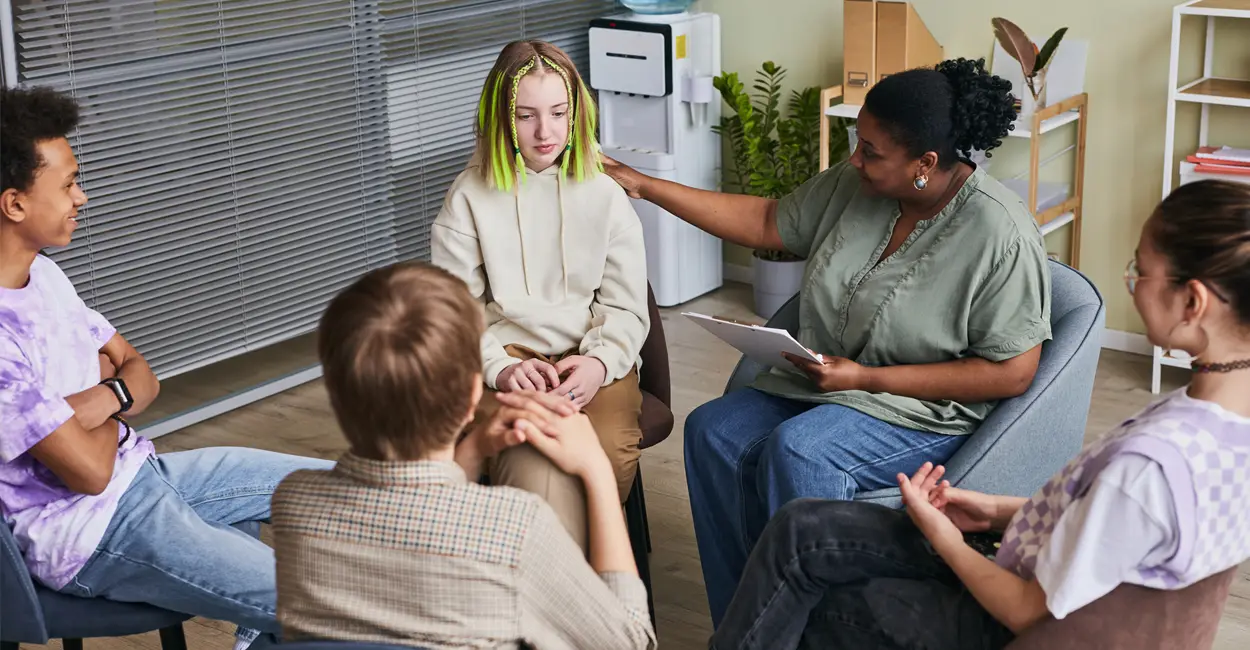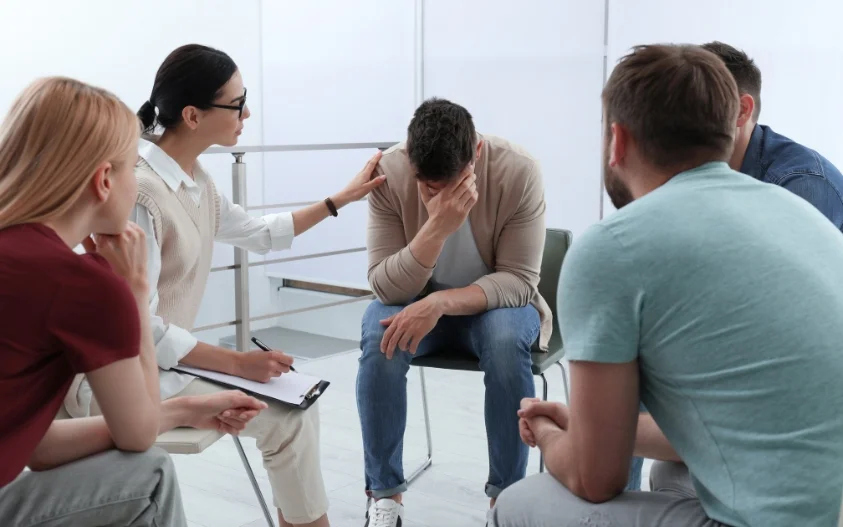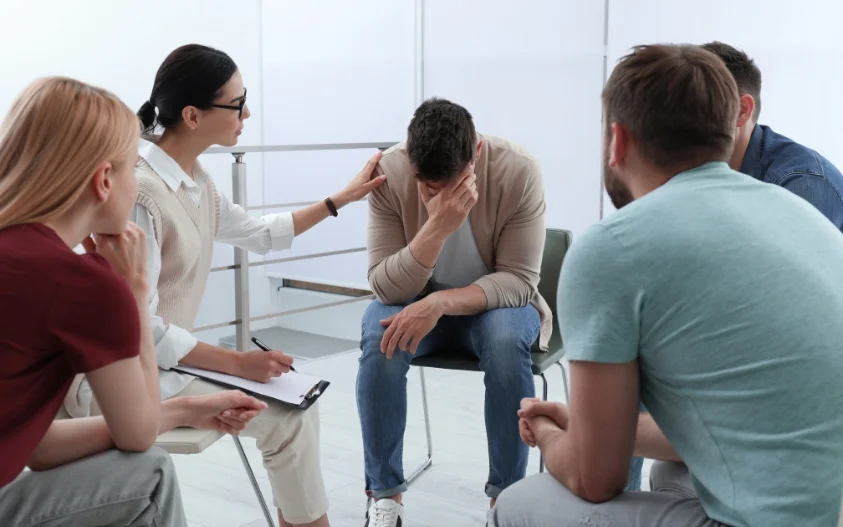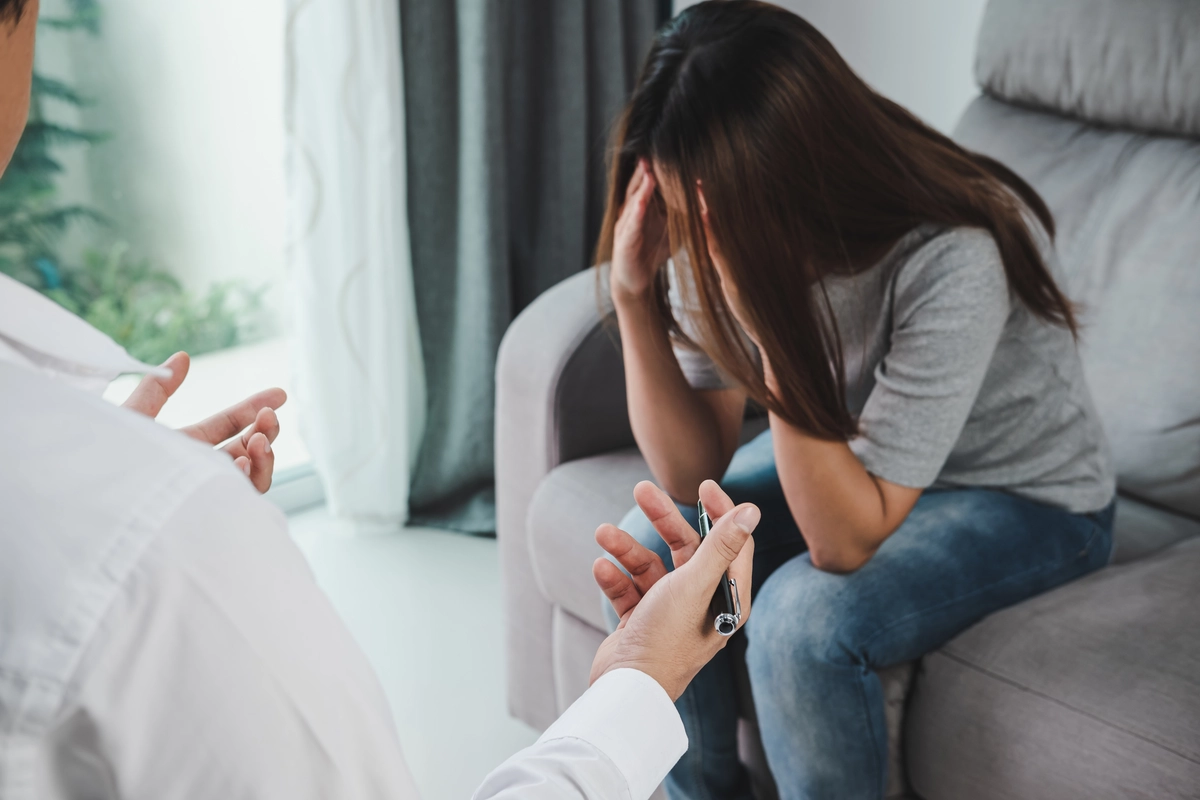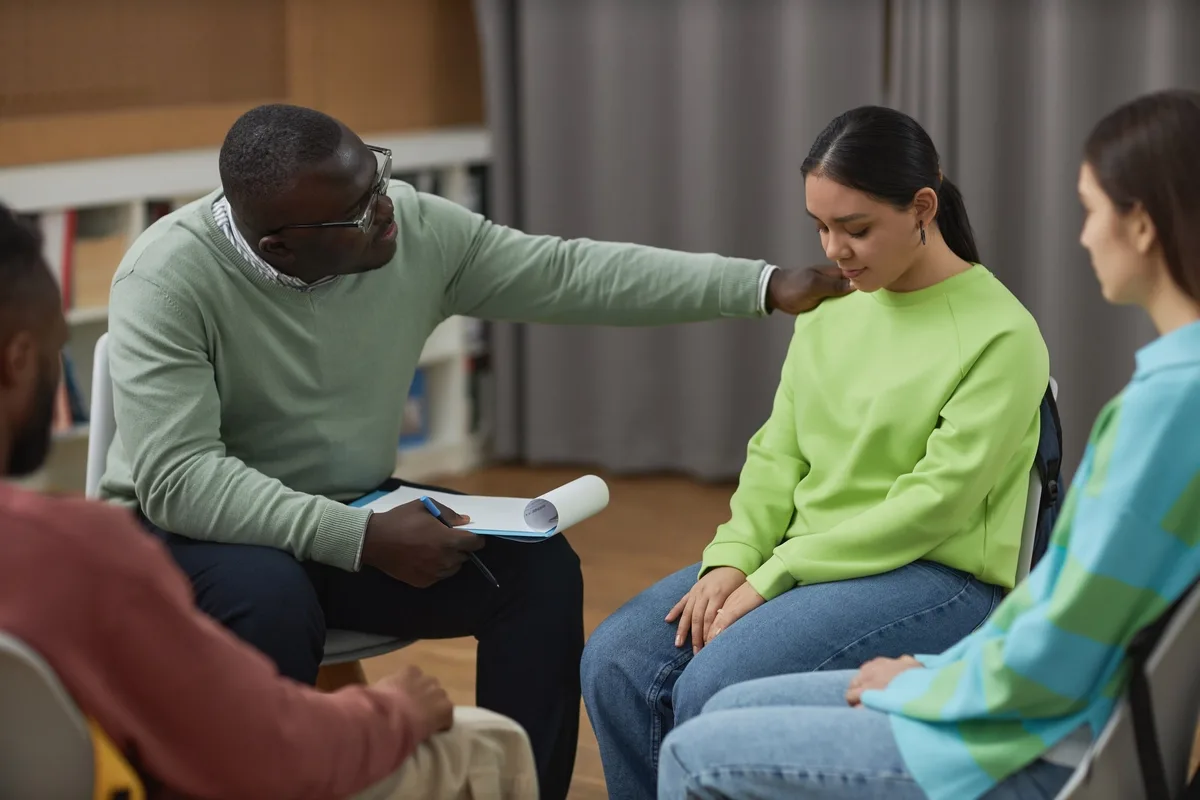24/7 Helpline:
(866) 899-221924/7 Helpline:
(866) 899-2219
Learn more about Codeine Rehab centers in Alameda County

Other Insurance Options

Optum

PHCS Network

American Behavioral

Holman Group

Horizon Healthcare Service

UMR

UnitedHealth Group

GEHA

Absolute Total Care

Access to Recovery (ATR) Voucher

State Farm

Self-pay options

Choice Care Network

Multiplan

Cigna

BlueShield

ComPsych

Highmark

Anthem

Coventry Health Care

Berkeley Addiction Treatment Services
Berkeley Addiction Treatment Services is a private rehab located in Berkeley, California. Berkeley A...

New Bridge Foundation
New Bridge Foundations is an award winning drug and alcohol addiction treatment center for adults in...

Options Recovery Services
Options Recovery Services is a private rehab located in Berkeley, California. Options Recovery Servi...

Bay Area Community Services
Bay Area Community Services is a private rehab located in Fremont, California. Bay Area Community Se...

Bay Area Community Services – Valley Wellness Center
Bay Area Community Services – Valley Wellness Center is a private rehab located in Pleasanton, Calif...

HAART – Hayward
HAART – Hayward is a private, non-profit, community-focused addiction treatment center in Hayward, C...

Second Chance – Hayward Recovery Center
Second Chance – Hayward Recovery Center is a private rehab located in Hayward, California. Second Ch...

Villa Fairmont Mental Health – Rehabilitation Center
Villa Fairmont Mental Health – Rehabilitation Center is a private rehab located in San Leandro, Cali...

MedMark Treatment Centers
MedMark Treatment Centers is an outpatient clinic that treats prescription painkiller and heroin add...

Stanford Health Care – ValleyCare – Behavioral Health
Stanford Health Care–Valley Care Behavioral Health, in Livermore, California, offers mental health c...

Solidarity Fellowship
Solidarity Fellowship is a community-based program that offers residential and sober living program ...

Women on the Way Recovery Center – Phase Two
Women on the Way Recovery Center - Phase Two is a sober living environment for women who need suppor...

Alta Bates Summit Medical Center – Behavioral Health
Alta Bates Summit Medical Center – Behavioral Health is a private rehab located in Berkeley, Califor...

Horizon Services – Cherry Hill Detox
Horizon Services – Cherry Hill Detox offers detox services for individuals in the Alameda County are...

Bay Area Community Services – Woodroe Place
Bay Area Community Services is a behavioral health and housing service center based in Hayward, Cali...

Tranquility Rehab
Tranquility Rehab Is an alcohol and drug rehab center in Castro Valley, California that provides add...

Alameda Family Services
Alameda Family Services is a drug and alcohol rehab and resource center in Alameda, California. They...

Albany Addiction
Albany Addiction is a private rehab located in Albany, Georgia. Albany Addiction specializes in the ...

Grace Way Recovery
GraceWay Recovery is a non-profit recovery community dedicated to providing women with the environme...

GraceWay Recovery Residence
GraceWay Recovery Residence is a non-profit recovery community dedicated to providing women with the...

Centerstone Children and Family Services
Centerstone Children and Family Services is a private rehab located in Union City, Indiana. Centerst...

The Adanta Group – Clinton County
The Adanta Group is a private, non-profit organization providing community-based mental health; subs...

Lutheran Family Services – Rupert Dunklau Center for Healthy Families
Lutheran Family Services – Rupert Dunklau Center for Healthy Families is a private rehab located in ...

Oxford House Linden Square
Oxford House Linden Square is a non-profit house located in Fremont, NE. Oxford House Linden Square ...

Phoenix House
Phoenix House is in a peaceful rural setting at the base of Mt. Monadnock in Dublin, New Hampshire. ...

Health Path Consulting Services
Health Path Consulting Services is a private rehab located in Union City, NJ. Health Path Consulting...

Addictions Care Center – Outpatient Rehab
Addictions Care Center – Outpatient Rehab is a private rehab located in Albany, New York. Addictions...

Saint Peter’s Addiction Recovery Center – South Manning Boulevard
Saint Peter's Addiction Recovery Center - South Manning Boulevard offers inpatient services for indi...

Albany Medical Center – Psychiatry Outpatient
Albany Medical Center – Psychiatry Outpatient is a private rehab located in Albany, New York. Albany...
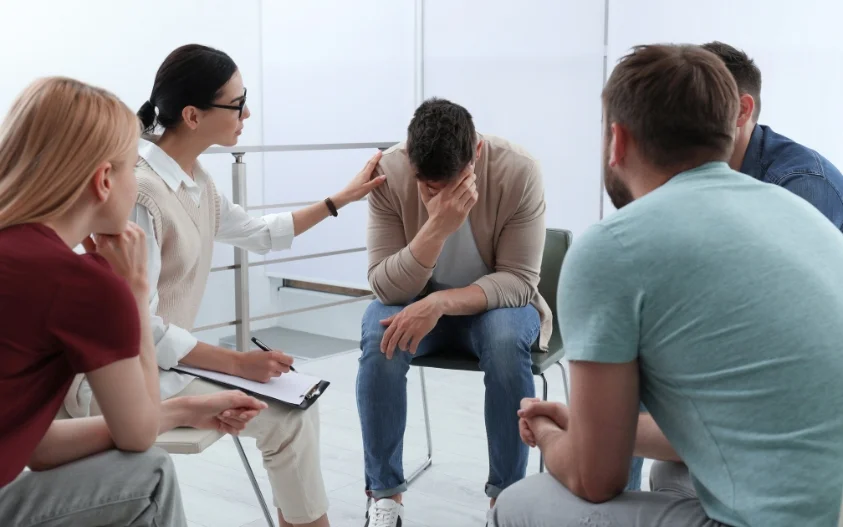
Whitney Young Jr Health Center – Methadone Treatment
Located in Albany, New York, Whitney Young Jr. Health Center offers behavioral health services and d...

Hospitality House – Therapeutic Community
Hospitality House - Therapeutic Community offers outpatient and inpatient treatment for individuals ...

Hope House – Hubbard Centers
Hope House - Hubbard Centers is a client-centered, clinically intensive, residential communities pro...

The Next Step
The Next Step is an intensive residential treatment facility dedicated to treat the unique needs of ...
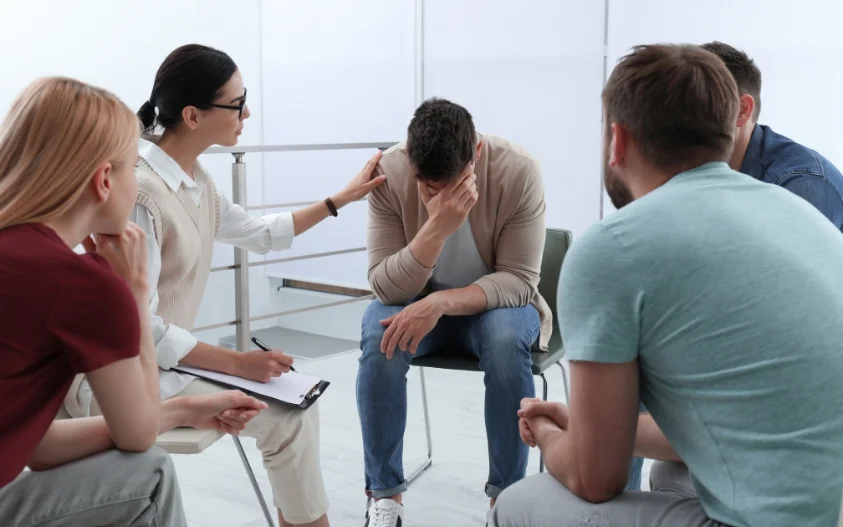
Hope House – Bette Center
Hope House - Bette Center is a 35-bed, long-term, residential intensive treatment program for adult ...

Hope House – Hubbard Center
Hope House – Hubbard Center is a non-profit rehab located in Albany, New York. Hope House – Hubbard ...

Acacia Network – Camino Nuevo
Acacia Network - Camino Nuevo provides substance abuse and opioid dependence treatment in an outpati...
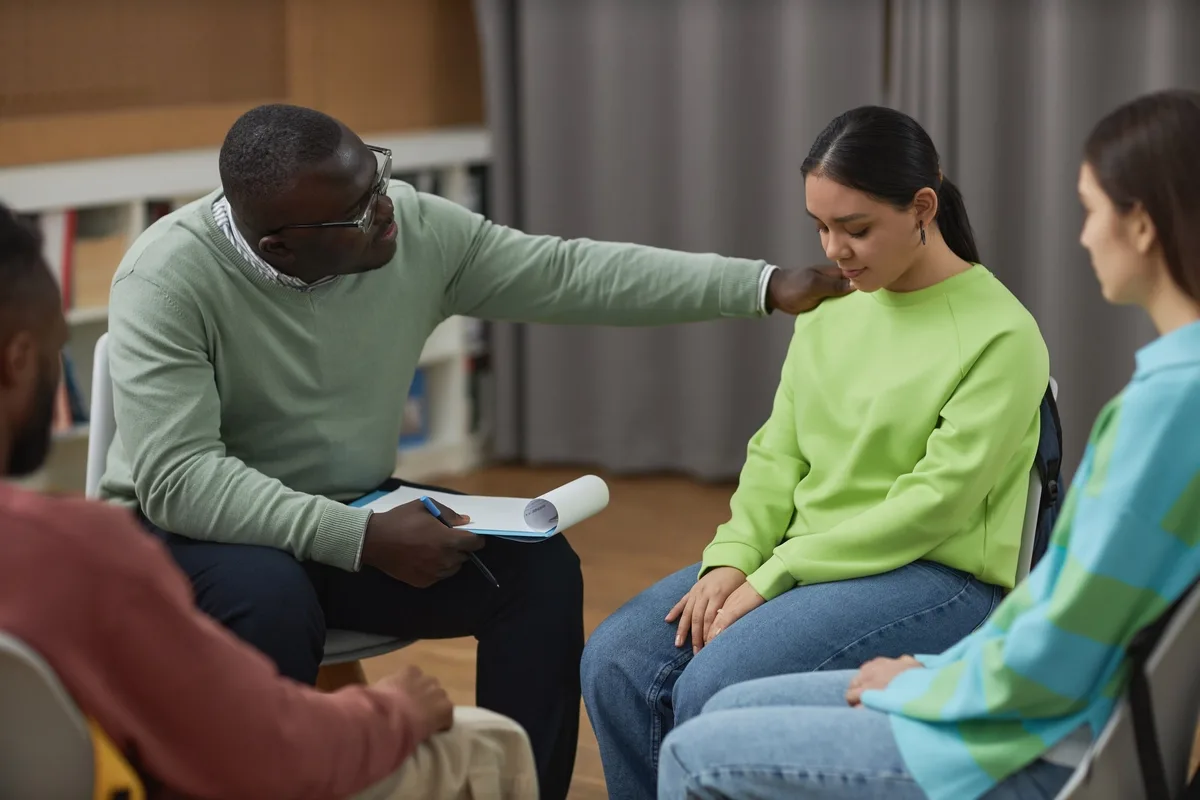
Trinity’s Homer Perkins Center
Trinity's Homer Perkins Center offers a residential program for those men struggling with alcohol an...

The Addictions Care Center of Albany
The Addictions Care Center of Albany offers outpatient services for individuals that are struggling ...

Albany County Department of Mental Health
Albany County Department of Mental Health is a public rehab located in Albany, New York. Albany Coun...

ViaQuest Psychiatric and Behavioral Solutions
ViaQuest Psychiatric and Behavioral Solutions is a private rehab located in Dublin, Ohio. ViaQuest P...

Lutheran Social Services
Lutheran Social Services - Eastern Region Office is a non profit rehab located in Fremont, OH. Luthe...

Firelands Counseling and Recovery Services
Firelands Counseling and Recovery Services provides a full spectrum of mental health and substance a...

Serenity Lane
Serenity Lane is located in Albany, Oregon. Serenity Lane is a specialty treatment facility for the ...

Emergence ALBANY – Discovery Threshold
Emergence ALBANY – Discovery Threshold is a private rehab located in Albany, Oregon. Emergence ALBAN...

Oxford House Water Park
Oxford House Water Park is a democratically self-run residence in Albany, Oregon. Oxford House has a...

Linn County Alcohol and Drug Treatment
Linn County Alcohol and Drug Treatment is a public rehab located in Albany, Oregon. Linn County Alco...

Linn County Mental Health
Linn County Mental Health is a public rehab located in Albany, Oregon. Linn County Mental Health spe...

Heres Hope Counseling Center
Here’s Hope Counseling Center, in Union City, Tennessee, is a 12 step-focused drug and alcohol rehab...

Spero Health – Dublin
Spero Health – Dublin is a private rehab located in Dublin, Virginia. Spero Health – Dublin speciali...




























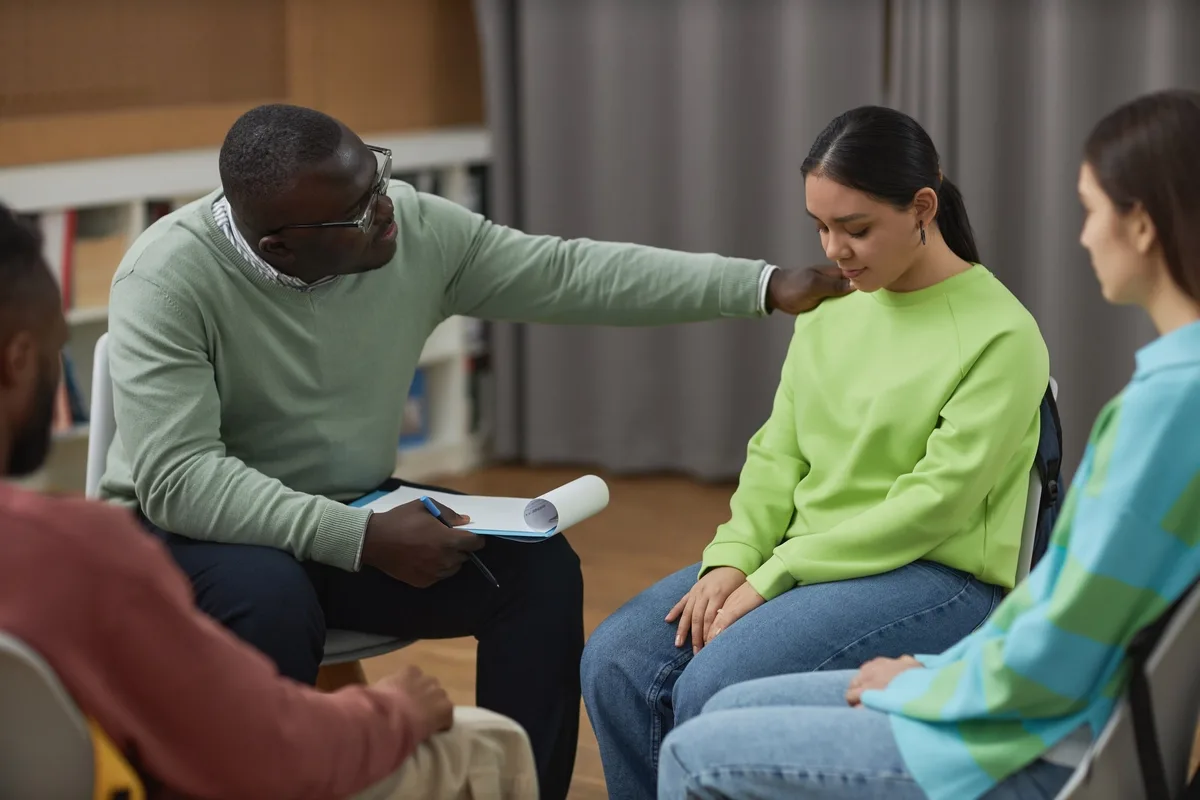










Grupo Compartimiento
Grupo Compartimiento is a non-profit rehab located in Hayward, California. Grupo Compartimiento spec...

Tri City Community – Childrens Outpatient Services
Tri City Community – Childrens Outpatient Services is a public rehab located in Fremont, California....

Axis Community Health
Axis Community Health, in Livermore, California, provides 12 step-focused addiction treatment for yo...

Support System Homes
Support System Homes offers inpatient and outpatient services for individuals that are struggling wi...

Axis Community Health
Axis Community Health is a private rehab located in Pleasanton, California. Axis Community Health sp...

Berkeley City Mental Health – Adult Services
Berkeley City Mental Health – Adult Services is a private rehab located in Berkeley, California. Ber...

Integrated Counseling and Consulting Services
Integrated Counseling and Consulting Services is a private rehab located in Hayward, California. Int...

Carnales Unidos Reformando Adictos
Carnales Unidos Reformando Adictos is a nonprofit rehab located in Fremont, CA. Carnales Unidos Refo...

AA – Alcoholics Anonymous – Berkeley Fellowship
AA – Alcoholics Anonymous – Berkeley Fellowship is a non-profit rehab located in Berkeley, Californi...

Al – Anon and Al – Ateen
Al – Anon and Al – Ateen is a non-profit rehab located in San Lorenzo, California. Al – Anon and Al ...

Horizon Services – Cronin House
Horizon Services - Cronin House provides a residential treatment program for individuals struggling ...

Women on The Way Recovery Center – Phase One
Women on The Way Recovery Center - Phase One is a residential housing program for individuals in nee...

Portia Bell Behavioral Health
Portia Bell Behavioral Health is a private rehab located in Fremont, California. Portia Bell Behavio...

Bonita House
Bonita House is a private rehab located in Berkeley, California. Bonita House specializes in the tre...

Solidarity Fellowship
Solidarity Fellowship is a private rehab located in Livermore, California. Solidarity Fellowship spe...

EBCRP – East Bay Community Recovery Project
EBCRP – East Bay Community Recovery Project is a private rehab located in Hayward, California. EBCRP...
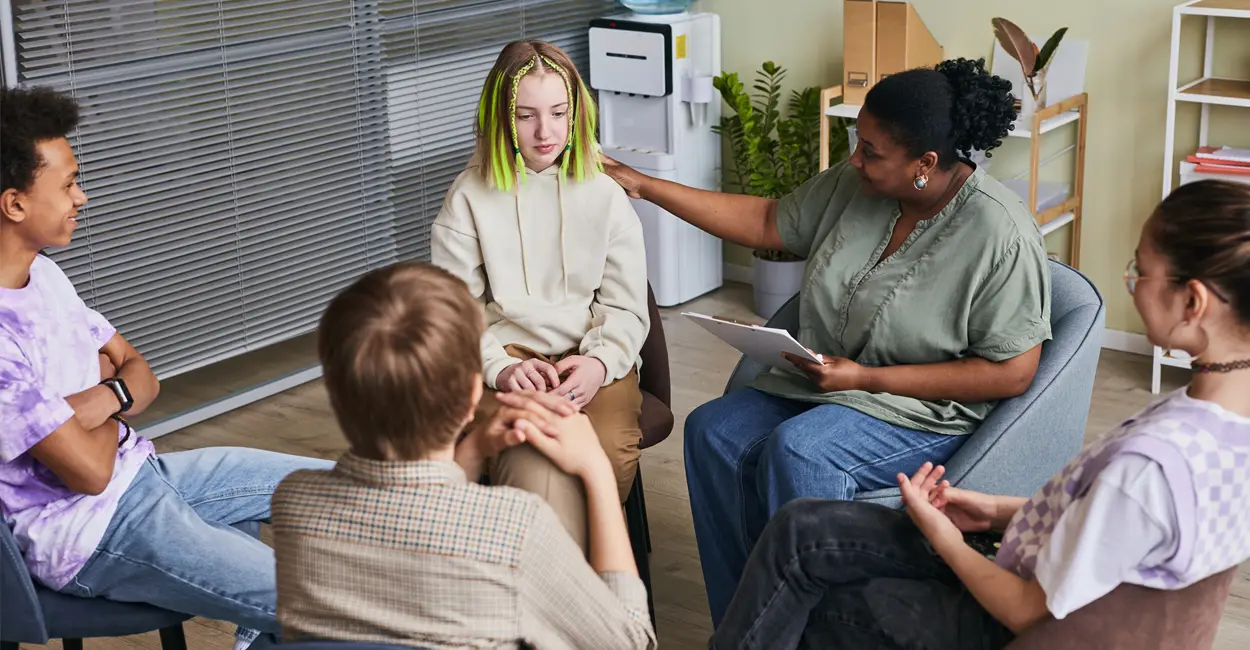
AA – Alcoholics Anonymous – Tri-Valley Fellowship
The Alcoholics Anonymous (AA) Tri-Valley Fellowship is an alcohol addiction treatment program in Ple...

Fountain Recovery
Fountain Recovery is a private rehab located in Livermore, California. Fountain Recovery specializes...

La Familia Counseling
La Familia Counseling is a private rehab located in Hayward, California. La Familia Counseling speci...

ACA Family Adult Child and Codependency Counseling
ACA Family Adult Child and Codependency Counseling is a private rehab located in Pleasanton, Califor...

Grupo De AA – Alcoholicos Anonimos
Grupo De AA – Alcoholicos Anonimos is a non-profit rehab located in Castro Valley, California. Grupo...
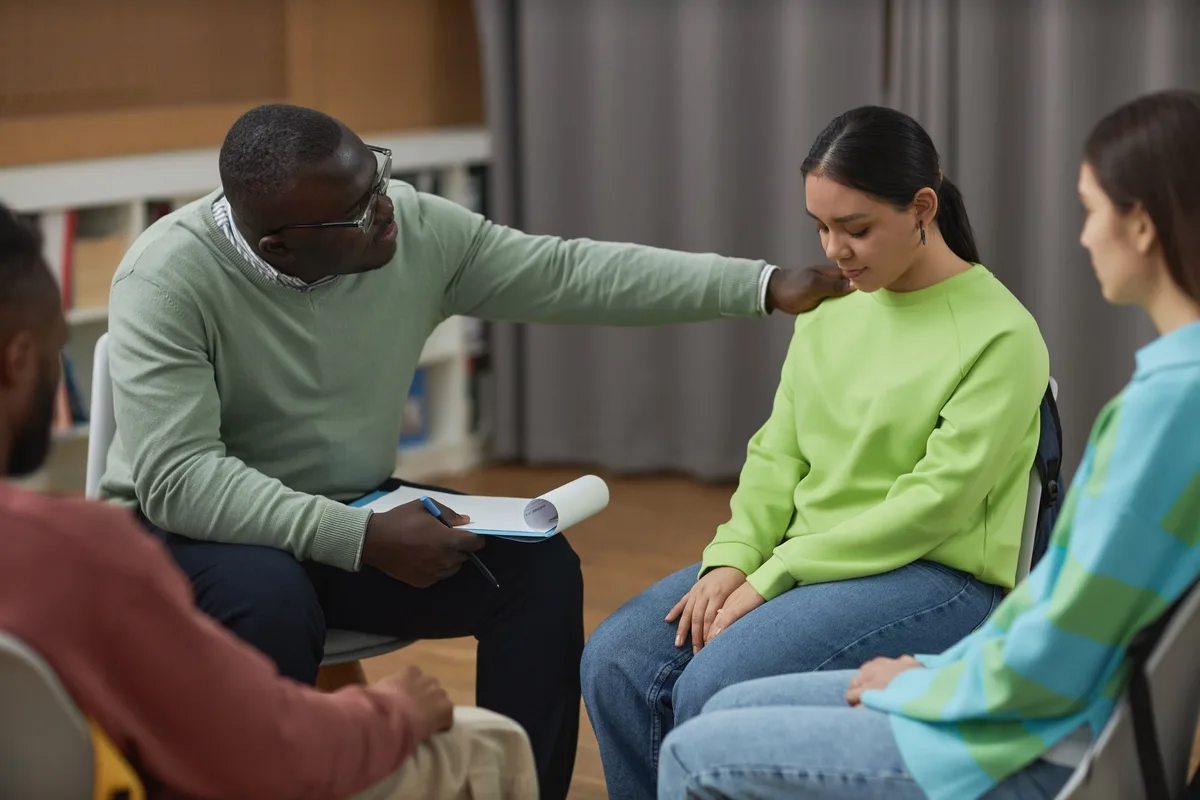
TLC Residential Homes – Archer
TLC Residential Homes - Archer is a sober living home for individuals in need of a clean and sober e...

Horizon Services – Project Eden
Horizon Services - Project Eden provides and outpatient treatment program for individuals struggling...

Eden Children Services – Outpatient
Eden Children Services – Outpatient is a public rehab located in San Leandro, California. Eden Child...

Center for Discovery Fremont
Center for Discovery Fremont is a private rehab located in Fremont, California. Center for Discovery...

Life House Recovery Homes
Life House Recovery Homes is a private rehab located in Hayward, California. Life House Recovery Hom...

Center for Discovery Pleasanton
Center for Discovery Pleasanton is a private rehab located in Pleasanton, California. Center for Dis...

Agape Recovery Residence
Agape Recovery Residence is a private rehab located in Albany, Georgia. Agape Recovery Residence spe...
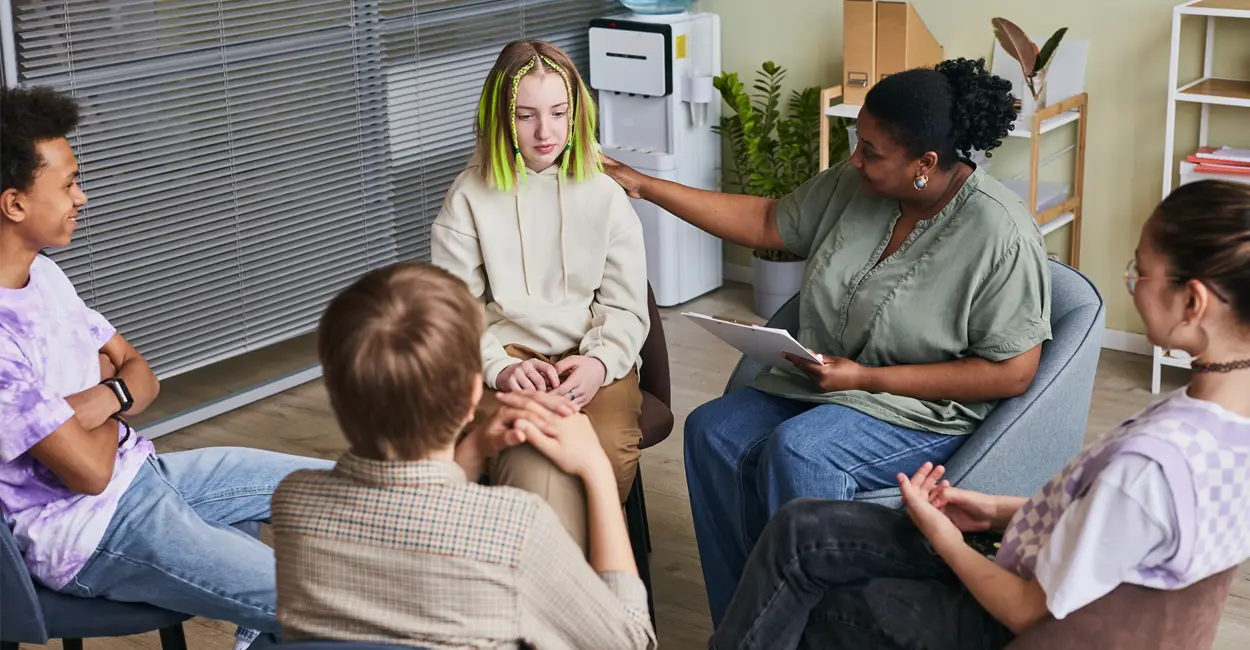
Preferred Treatment Center
Preferred Treatment Center is a private rehab located in Dublin, GA. Preferred Treatment Center spec...

CSB of Middle Georgia
CSB of Middle Georgia is dedicated to providing those they serve with quality innovative behavioral ...

Genesis Treatment Center
Genesis Treatment Center is a private rehab located in Dublin, Georgia. Genesis Treatment Center spe...

Teen Challenge – Middle Georgia’s Men’s Center
The Georgia Men’s Rehab is a faith based drug and alcohol treatment center in Dublin, GA. The facili...

Substance Abuse Center
Substance Abuse Center is a private rehab located in Albany, Georgia. Substance Abuse Center special...

Step One Recovery Center
Step One Recovery Center provides outpatient services for adults and adolescents in Dublin, Georgia....

Aspire Behavioral Health
Aspire Behavioral Health provides alcohol and drug rehab services to men and women seeking recovery ...

Behavioral Health Center – Albany
Behavioral Health Center – Albany is a private rehab located in Albany, Georgia. Behavioral Health C...
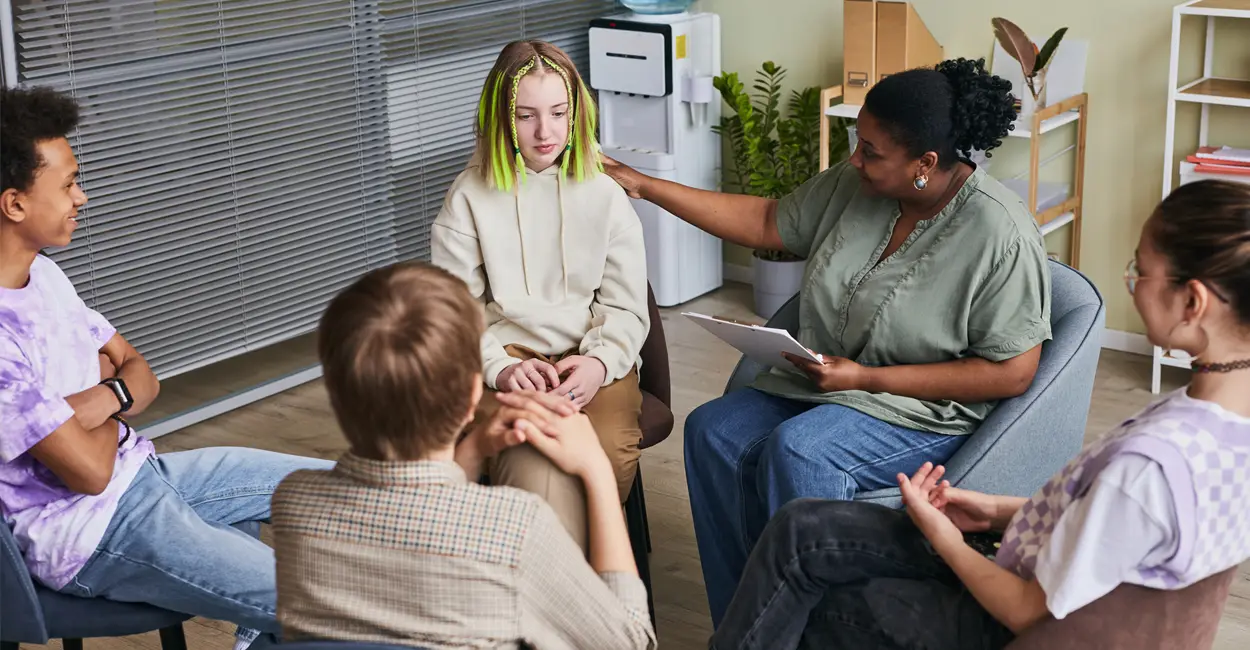
Albany New Life – Courage 2 Change
Albany New Life – Courage 2 Change is a private rehab located in Albany, Georgia. Albany New Life – ...

Marine Corps – Substance Abuse Counseling Center
Marine Corps Substance Abuse Counseling Center (SACC) is a public rehab located in Albany, GA. Marin...
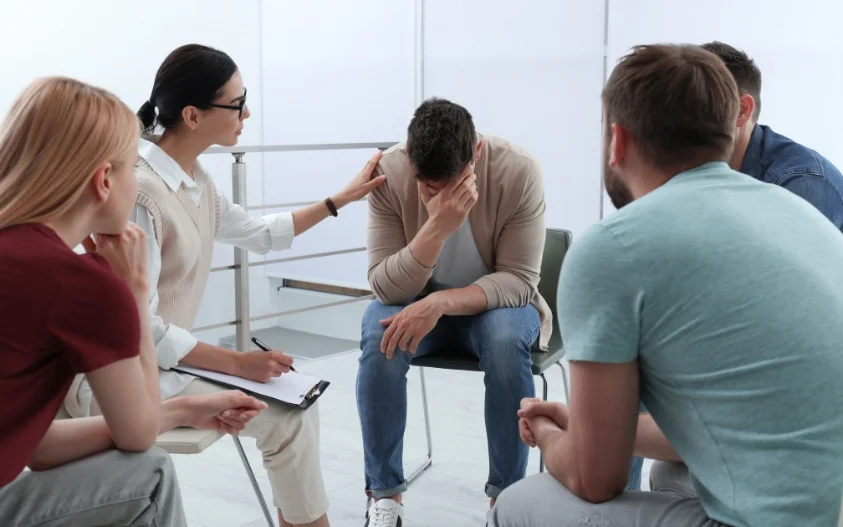
Heritage Foundation
Heritage Foundation is a private rehab located in Albany, Georgia. Heritage Foundation specializes i...

Aspire Behavioral Health & DD Services
Aspire Behavioral Health & DD Services is a non-profit rehab located in Albany, Georgia. Aspire Beha...

Family Functions
Family Functions is a private rehab located in Union City, Georgia. Family Functions specializes in ...

Southeast Kansas Mental Health Center – Pleasanton
Southeast Kansas Mental Health Center – Pleasanton is a private rehab located in Pleasanton, Kansas....

Riggins and Association Counseling Services
Riggins and Association Counseling Services is a private rehab located in Fremont, Nebraska. Riggins...

AA – Alcoholics Anonymous
AA – Alcoholics Anonymous is a non-profit rehab located in Fremont, Nebraska. AA – Alcoholics Anonym...
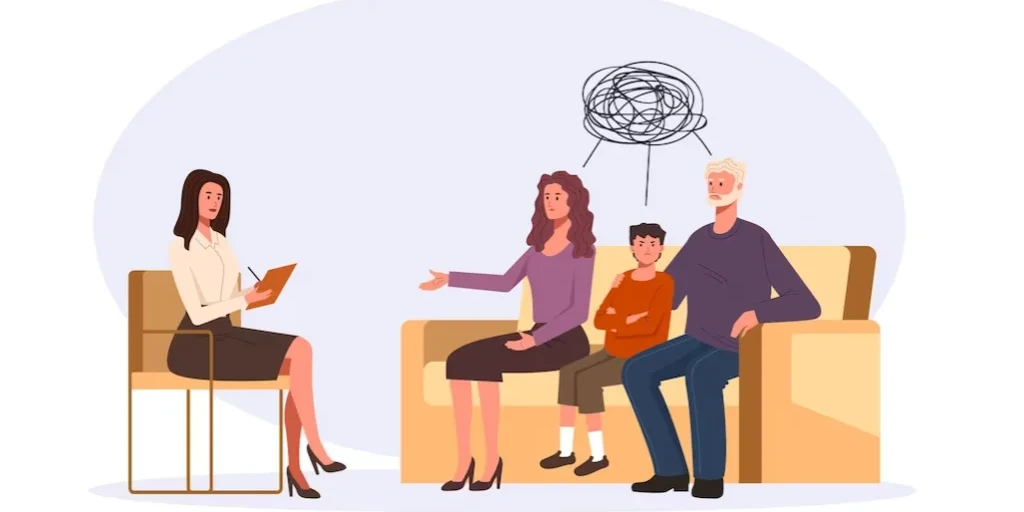
Nebraska Mental Health Centers
Nebraska Mental Health Centers offer comprehensive services for those individuals from all ages who ...

Capital District Psychiatric
Capital District Psychiatric is a public rehab located in Albany, New York. Capital District Psychia...

Psychological Services Center – Albany
Psychological Services Center – Albany is a public rehab located in Albany, New York. Psychological ...

AA – Alcoholics Anonymous – Capital District
AA – Alcoholics Anonymous – Capital District is a non-profit rehab located in Albany, New York. AA –...

Senior Hope Counseling
Senior Hope Counseling is a non-profit rehab located in Albany, NY. Senior Hope Counseling specializ...

The Addictions Care Center of Albany – McCarty Avenue
The Addictions Care Center of Albany offers a Men's Residence and the Women and Children's Residence...

Honor Court
Honor Court is a private rehab located in Albany, New York. Honor Court specializes in the treatment...

Altamont Program
820 River Street - Chemical Dependency Supportive Living is a non-profit rehab located in Albany, NY...

Parkview Mental Health Associates
Parkview Mental Health Associates is a private rehab located in Albany, NY. Parkview Mental Health A...

Equinox Counseling Center
Equinox Counseling Center is a non-profit rehab located in Albany, New York. Equinox Counseling Cent...

Hope House – Women and Children’s Program
Hope House – Women and Children’s Program is an addiction treatment center that provides a supportiv...

Hope House – Outpatient Clinic
Hope House - Outpatient Clinic offers comprehensive evaluation, referral, and treatment services for...

Al – Anon
Al – Anon is a non-profit rehab located in Albany, New York. Al – Anon specializes in the treatment ...

Capital Counseling
Capital Counseling is a private, outpatient rehab located in Albany, NY. Capital Counseling speciali...

Senior Hope Counseling – Geriatric Outpatient Addicitons
Senior Hope Counseling – Geriatric Outpatient Addicitons is a non-profit rehab located in Albany, Ne...

RSS – Rehabilitation Support Services
Rehabilitation Support Services, located in Albany, New York, provides rehabilitation and recovery s...

GTC – Given the Chance
GTC - Given the Chance is a counseling clinic located in Albany, NY. GTC - Given the Chance speciali...

Saint Peter’s Addiction Recovery Center
Saint Peter's Addiction Recovery Center (SPARC) offers individuals and families a comprehensive rang...

Next Step Women Residential
Next Step Women Residential is a private rehab located in Albany, New York. Next Step Women Resident...

Health Recovery Services
Health Recovery Services, is a non-profit business and Drug Free Workplace serving those affected wi...

Syntero
Syntero is a drug and alcohol rehab located in Dublin, Ohio. They provide outpatient addiction treat...

Reformers Unanimous
Reformers Unanimous is a private rehab located in Union City, Tennessee. Reformers Unanimous special...

Pathways of Tennessee
Pathways of Tennessee is a non-profit rehab located in Union City, Tennessee. Pathways of Tennessee ...

Carey Counseling Center – Union City
Carey Counseling Center – Union City is a private rehab located in Union City, Tennessee. Carey Coun...

Texas Interventionist
Texas Interventionist is a private rehab located in Dublin, Texas. Texas Interventionist specializes...

Center on Alcohol and Other Drug Abuse
Center on Alcohol and Other Drug Abuse is a public rehab located in Hayward, Wisconsin. Center on Al...
















